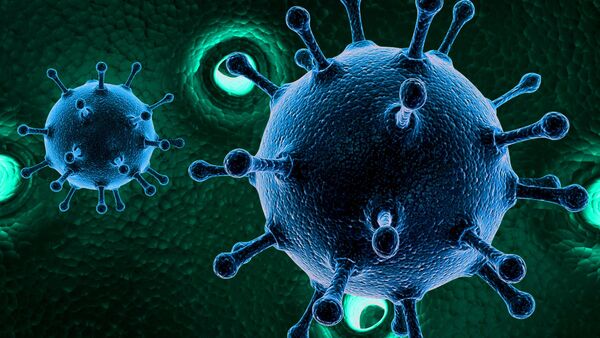Infection
New COVID-19 variant BA.2.86 more infectious, capable of causing infection in vaccinated individuals: US CDC
The United States Centers for Disease Control and Prevention (CDC) has issued a statement expressing concerns about the newly identified BA.2.86 lineage of the coronavirus. According to the CDC, this variant may possess a heightened ability to infect individuals who have previously contracted COVID-19 or have been vaccinated against it.
While the CDC has noted the potential for increased infectivity, it remains unclear whether this variant leads to more severe illness compared to previous strains. The primary cause for concern lies in the extensive mutations identified within the BA.2.86 lineage. These mutations raise questions about the effectiveness of immunity generated through vaccines or prior infections, Reuters reported.
Also read: Chandrayaan-3 Moon Landing Successful | LIVE Updates: NASA congratulates ISRO, says ‘glad to be partner in the mission’
One significant aspect drawing the attention of scientists is the presence of 36 mutations that differentiate the BA.2.86 lineage from the currently dominant XBB.1.5 variant. However, the CDC emphasises that comprehensive laboratory testing of antibodies is challenging at this stage due to limited access to virus samples.
The CDC had previously announced its monitoring of the highly mutated BA.2.86 lineage, which has been detected in several countries, including the United States, Denmark, and Israel.
The CDC has clarified that the recent rise in hospitalisations in the United States is not likely attributed to the BA.2.86 lineage. As research and monitoring continue, health authorities worldwide will closely observe the behaviour and impact of this emerging variant.
Also read: COVID-19: US CDC tracks new variant, Which countries are under the radar? WHO says ‘Variant Under Monitoring’
The EG.5 ‘Eris’ Subvariant
Recent increases in Covid-19 cases across the US, Europe, and Asia have been largely attributed to the EG.5 ‘Eris’ subvariant, which is a descendant of the Omicron lineage that first emerged in November 2021. This subvariant currently accounts for about 17 percent of new Covid-19 cases in the United States, slightly surpassing the 16 percent attributed to the next most common lineage, XBB.1.16, according to the latest estimates from the US CDC.
The World Health Organization (WHO) has classified EG.5 as a “variant of interest,” indicating a need for closer monitoring.

